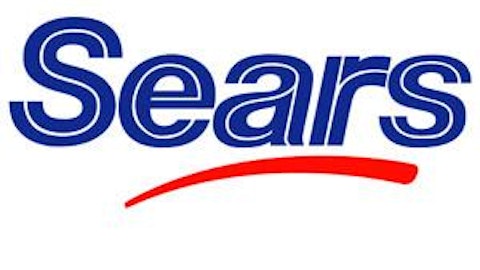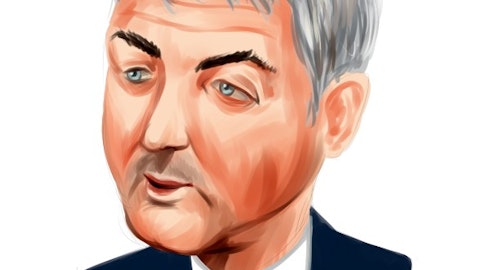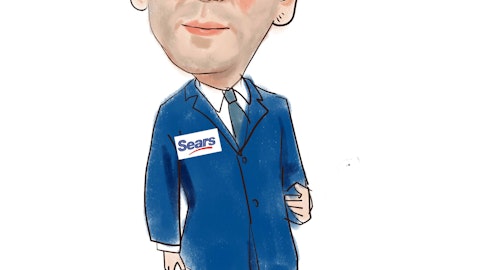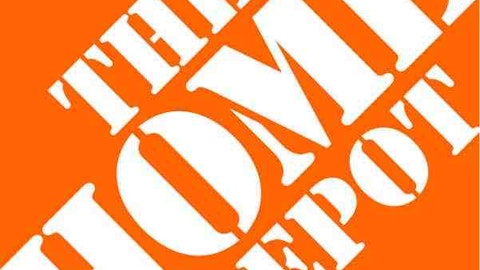Online shopping has grown increasingly competitive over the years. Many retailers have started to follow the trend to capitalize on the online marketplace, but they still have much higher expenses than businesses that operate purely online. Investors, then, have very good reason to question which retailers are likely to last another ten years in the business. You probably remember visiting a Circuit City at some point in the distant past, but who would have ever thought they would go out of business?
In this article we will check out some popularly traded retailers and see what’s been going on with share prices, hedge fund holdings, and fundamentals in the recent past. With this information, hopefully we can make a reasonable assessment as to which stocks are more deserving of your portfolio’s risk.
Up first, J.C. Penney (NYSE: JCP):
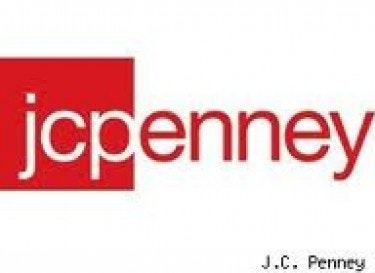
Read our November, 2012 article: J.C. Penney: Bill Ackman Touts Support to learn why he is such a big fan of the company. Ackman’s reasons for staying bullish on J.C. Penney are well founded, and with his near billion-dollar bet, this stock might be worth looking into further. Here at Insider Monkey we’re fans of following in the hedgies’ footsteps (click here to check out our strategy).
Next, Sears (NASDAQ: SHLD):
Like J.C. Penney, Sears has experienced revenue decline over the same period. Their revenue is shrinking at a rate of -4.8%, slightly higher, while EBITDA is declining at a compounded rate of nearly 48% per year. That data might explain the roughly 55% decline in Sears’ stock price since 2008. Their stock price was actually under $30 at the beginning of 2012, which is around 72% below 2008 highs. For fiscal year 2012, Sears reported a net loss. Though about half of this was from deferred taxes, the amount that isn’t from deferred taxes still overshadows all net income from 2008-2011. Although I personally still have faith in Sears in the long run, I think there may be another opportunity to buy this stock under $30.
Hedge fund ESL Investments, managed by Edward Lampert (see Lampert’s favorite stock picks), was holding over 42% of his fund’s $5.5 billion dollars in Sears—a lofty bet from the new CEO. Robert Jaffe’s hedge fund, Force Capital, is also a major Sears’s shareholder, keeping over 15% of his 13F portfolio in the stock, placing it as his No. 2 holding. With two enormous bets from two big players, Sears should not be overlooked as a potential value play.
Who’s left?
Best Buy (NYSE: BBY) is up for discussion next:
Once the most popular electronics retailers around, Best Buy’s share price is now down over 67% from 2008 highs, despite 2008-2012 sales growth of about 6% per year and EBITDA growth of over 4.5%. Their gross margins have also grown by around 2.6% per year over the same period, and the company’s balance sheet shows that short-term debt has been decreasing, while long-term debt has remained flat. Best Buy has encountered serious competition in the electronics marketplace, but in my opinion they still look like a solid company.
The largest known hedge fund holding Best Buy stock is Jeffrey Vinik’s fund, Vinik Asset Management, which was holding over 5 million shares at the end of the last 13F filing period. Vinik is known for making investors around 50% per year from 1997-2000, earning over 90% in the first year. Although Best Buy has hit some bumps in the road over recent years, “the blue crew” is still one of the most recognized retailers out there. With a little bit of a makeover and a stronger economy, this company’s name could be a fitting description of their stock.
Kohl’s (NYSE: KSS) is next:
Kohl’s has grown revenue 4 out of the last 5 years, with a roughly 4% decline in 2012. EBITDA from 2008-2011 has grown at a compounded rate of over 12% per year. The stock is down about 22% from 2008 highs, but is up 88% from 2008 lows. Shares haven’t dropped below $40 since May 2009 and currently trade between $44 and $47. Brookside Capital, owned by Bain Capital, holds 2.7 million shares of Kohl’s, which totals about 3.7% of their portfolio.
Last but certainly not least, we have Macy’s (NYSE: M):
Macy’s stock performance is up close to 60% in the past half-decade. Revenue has grown over 5% the past two years while EBITDA was above 13% in both 2011 and 2012. Net income has also grown from $350 million in 2010 to over $1.25 billion in 2012. Macy’s sports a profit margin of 4.99%, well above the industry average of 0.80%.
Macy’s is the second biggest holding of Robert Bishop’s hedge fund, Impala Asset Management. Bishop currently has around 2.7 million shares according to his most recent 13F filing. Jim Chanos, the money manager who revealed the unscrupulous activities at Enron and Worldcom, runs Kynikos. He also keeps 3.2% of his portfolio in Macy’s, placing them as his fund’s second biggest holding.
In conclusion, there are definitely some retailers that have given investors bad returns, and ugly financial statements from companies like Sears and J.C. Penney help explain why. But there are certainly some good ones out there. Best Buy and Kohl’s are showing signs of life, while Macy’s looks to be the No. 1 performer of the group.
Disclosure: I have no positions in any of the stocks mentioned in this article

